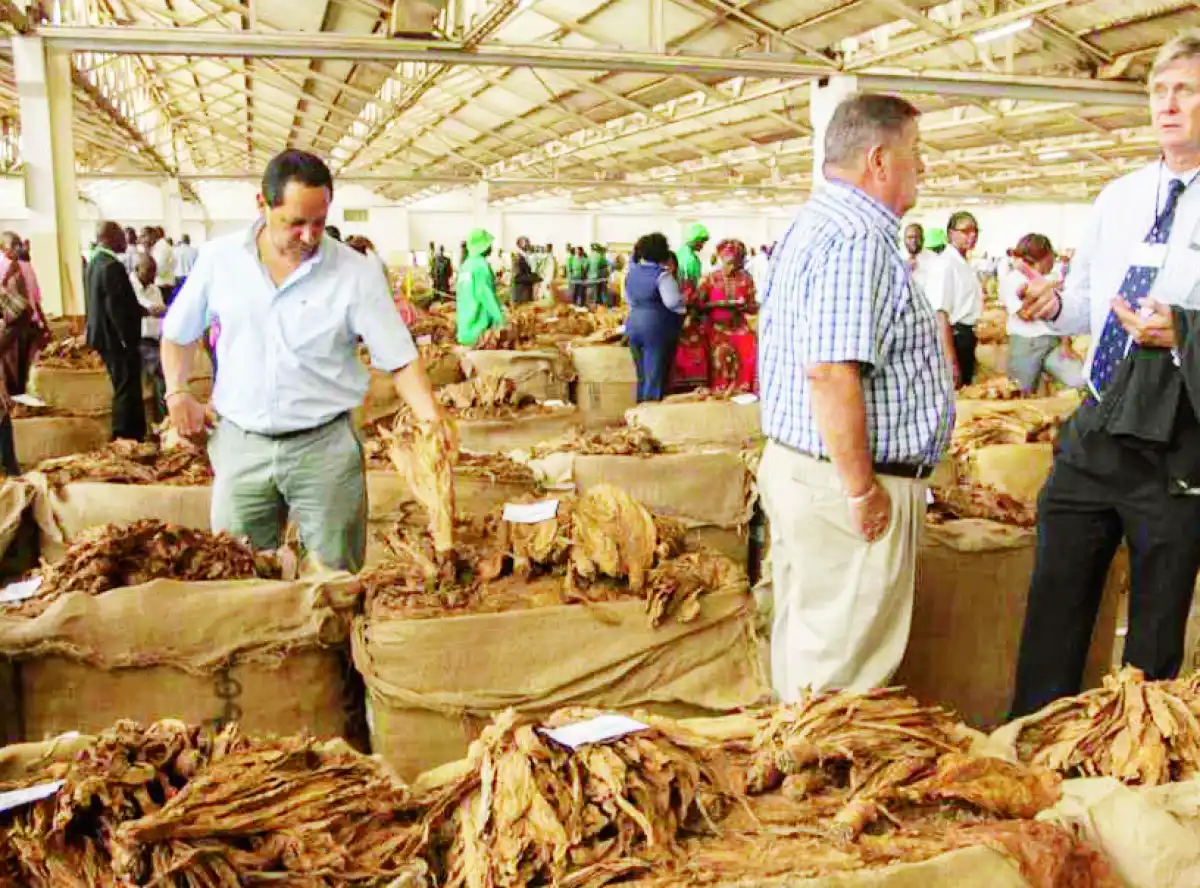
By Hashim Msusa
Child malnutrition remains a critical challenge across the Southern African Development Community (Sadc), affecting millions and hindering their growth and development.
In Malawi, as in many Sadc countries, ensuring adequate nutrition for children is a persistent struggle.
While food shortages play a role, the crisis extends beyond mere availability to the quality and diversity of children’s diets. Economic hardships, ineffective policies, and limited access to diverse, nutrient-rich foods further exacerbate the issue.
According to the South African Journal of Clinical Nutrition, in 2019, 47 million children under five were wasted globally, while 144 million experienced stunted growth.
In sub-Saharan Africa, malnutrition remains a major threat, contributing to nearly half of all child deaths.
A report from Sadc highlights significant disparities in stunting rates among member states.
Countries such as Namibia, Zimbabwe, Eswatini, South Africa and Botswana report high stunting prevalence rates of 22–29 percent, while Comoros, Tanzania, Lesotho, Zambia, Angola, Malawi, Mozambique and the Democratic Republic of Congo face even more alarming rates of 31–43 percent.
The Global Alliance for Improved Nutrition (Gain) further emphasises the concerning state of child nutrition in Sadc.
There are significant differences in dietary nutrient gaps among children aged six-23 months, with each country having specific priority affordable complementary foods to meet these needs.
For instance, Mozambique prioritises eggs, Zambia dairy products, South Africa highly fortified maize porridge and Tanzania poultry.
Another key regional indicator, Minimum Dietary Diversity (MDD), reveals considerable disparities in the ability of countries to meet children’s dietary needs.
Few children in Sadc countries aged six-23 months consume at least five of the eight food groups necessary to achieve MDD.
The lowest MDD rates (17–18 percent) are found in Lesotho and Zambia, mid-range MDD rates (21–28 percent) in Tanzania, Namibia and Malawi, while Angola, South Africa and Eswatini have relatively higher dietary diversity (29–48 percent).
The Sadc synthesis report on food and nutrition security highlights a growing concern: young children and their caregivers are increasingly exposed to foods of low nutritional value.
Commercial complementary foods and processed products high in added sugar, salt and unhealthy fats are widely available due to their low cost and convenience.
In Malawi, the situation is particularly alarming as food companies often produce such low-quality food without strict regulation.
Despite the presence of the Malawi Bureau of Standards, many children continue to consume nutritionally inadequate foods due to economic constraints and misleading food labelling.
However, Malawi does have policies in place to address these issues. The Food Security Policy of 2006 states that “the Constitution of Malawi recognises that access to and utilisation of nutritionally adequate and safe food in the right quantities is a right of each individual”.
This commitment should extend more effectively to children’s nutrition.
The National Food Security Policy also states under ‘Protecting the Right to Food’ that the government is committed to ensuring no actions, either by government or private traders, reduce any Malawian’s access to safe and nutritious food.
Despite this, many Malawian children are still deprived of essential nutrients due to the actions of private traders and the struggling economy.
A stark example of this issue can be seen in what Malawian children consume daily.
Many carry beverages to school labelled as fruit drinks when, in reality, they are merely flavoured and coloured sugar water.
While the MBS is tasked with ensuring food safety, caregivers must also be vigilant about what they provide for their children.
The affordability and accessibility of these processed foods are a silent crisis—one that, if left unchecked, could have devastating consequences for future generations.
The National Nutrition Guidelines for Malawi align with Gain’s findings, confirming the existence of dietary nutrient gaps.
The guidelines state that “almost half of under-five children are stunted; 60 per cent of preschool children have sub-clinical vitamin A deficiency”.
This places Malawi among the Sadc countries with the lowest MDD. Given these alarming statistics, the urgency to combat child malnutrition is perhaps even greater for Malawi than for the Sadc region as a whole.
Addressing this crisis requires a multifaceted approach, including policy enforcement, public awareness and economic interventions to make nutritious foods more accessible.
Government stakeholders and caregivers must collaborate to ensure that every child in Sadc has access to adequate and nutritious food.
The future of millions of children depends on the actions taken today to improve their nutrition and overall well-being.








0 Comments